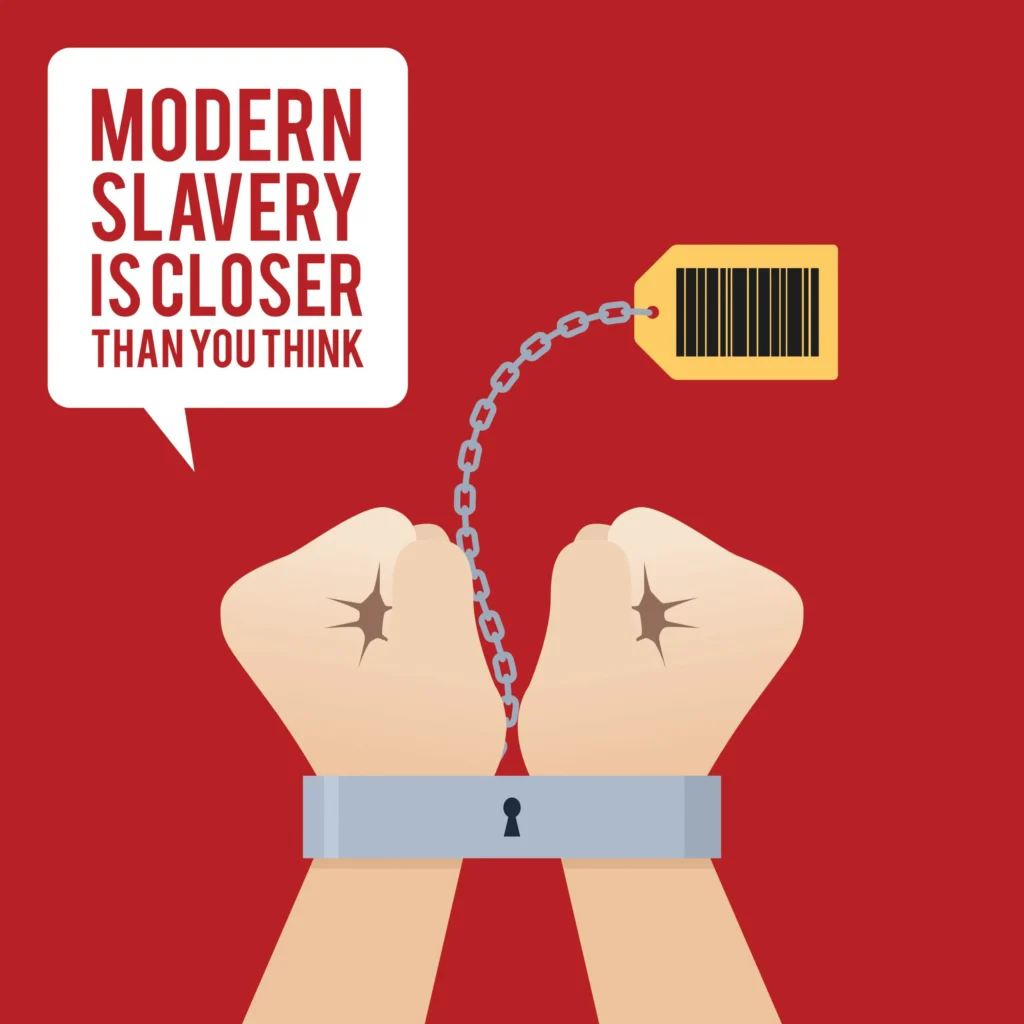Human Trafficking
According to the International labour Organisation, over 40.3 million people are currently victims to human trafficking globally.
Despite the numbers and their significance, little is known about Human Trafficking by the general public, and the little that has been done in an attempt to combat human trafficking has been unsuccessful.
More slaves exist today than at any other point in history.
Instances of Human Trafficking continue to increase and solutions to effectively combat it must be established.
Unfortunately, law enforcement and their systems have limited resources, and are poorly equipped to battle the problem.

The use of UN Peacekeepers is an example of such a system that has proved to be problematic. Since the early 2000s reports of abuse, sexual assault, inappropriate conduct, and human trafficking BY Peacekeepers have emerged, and attempts to hold these perpetrators accountable have proved futile.
Governments and the international community are faced with the challenge of rearranging the system to ensure individuals, such as peacekeepers, who are supposed to help combat the issue, do not become part of it.


The changing global environment has shifted the way Human Trafficking exists. The current move to a more Global society has made it easier for Traffickers to access victims and has seen the emergence of new platforms on which these crimes become more and more frequent.
This can be seen in the increase of Extraterritorial Child Sexual Exploitation and Extraterritorial Commercial Child Exploitation due to travel becoming easier and less expensive.
There is also a strong connection between Human Trafficking and Drugs.
According to the 2020 Trafficking in Persons Report by the Department of State USA (from now on referred to as The Report), addiction increases an individual’s vulnerability to being trafficked. Drug addiction can be induced and manipulated by the trafficker as a tool for control, and drugs are often used by victims and survivors as a means of handling the psychological and physician traumas of their experience. The Report refers to evidence that shows some traffickers recruit directly from detox and treatment facilities. In addition to this, the social stigma surrounding substance use and abuse can prevent health care providers, law enforcement officials, prosecutors, and other professionals from successfully identifying victims of human trafficking.